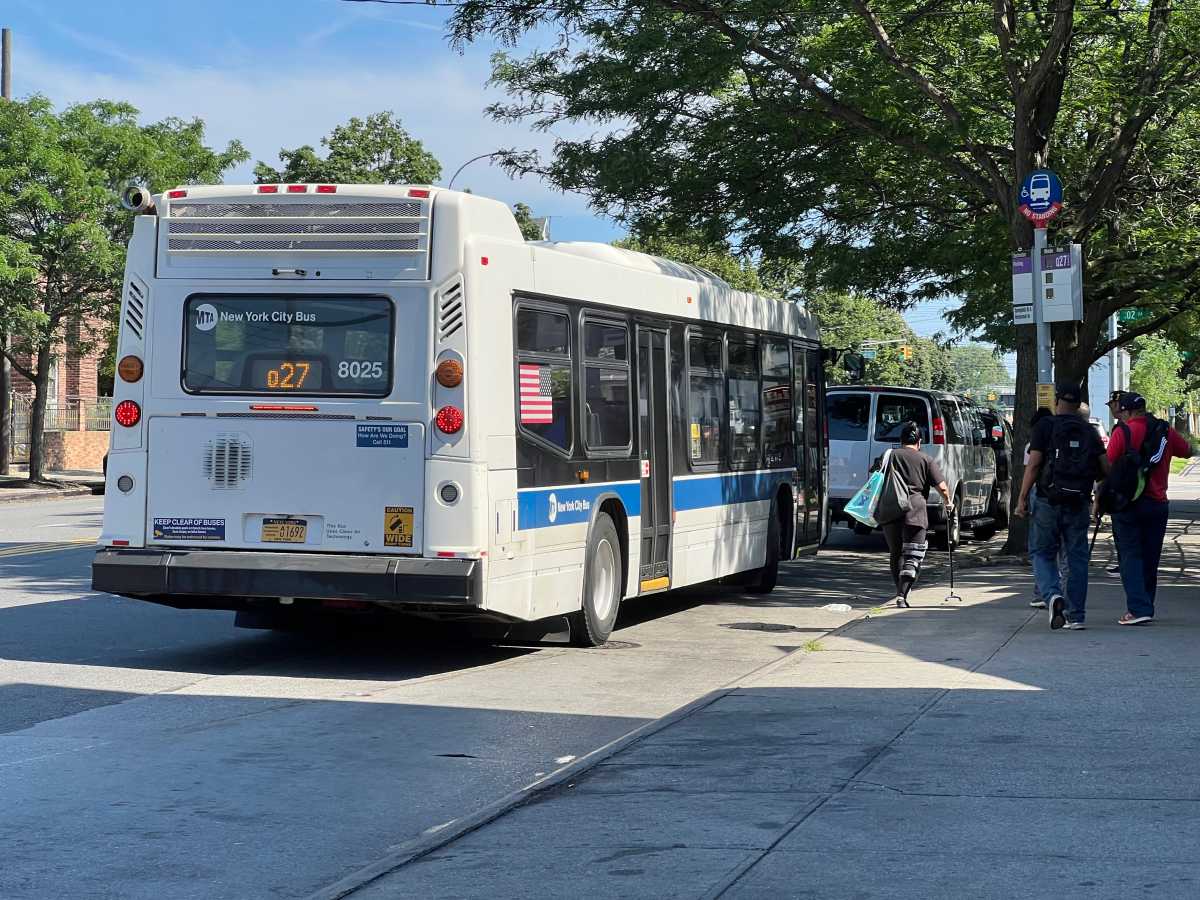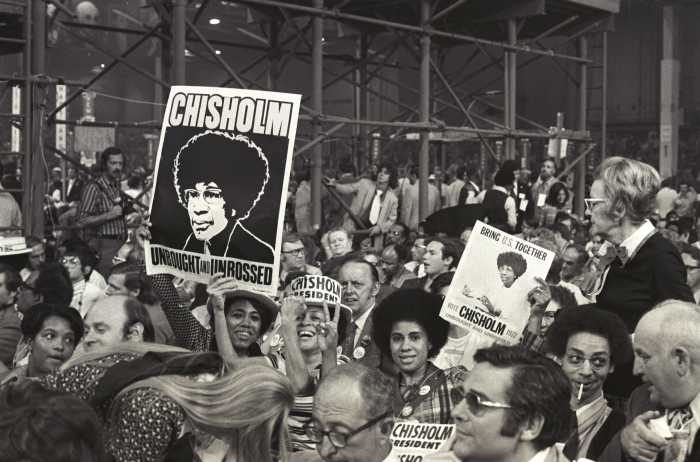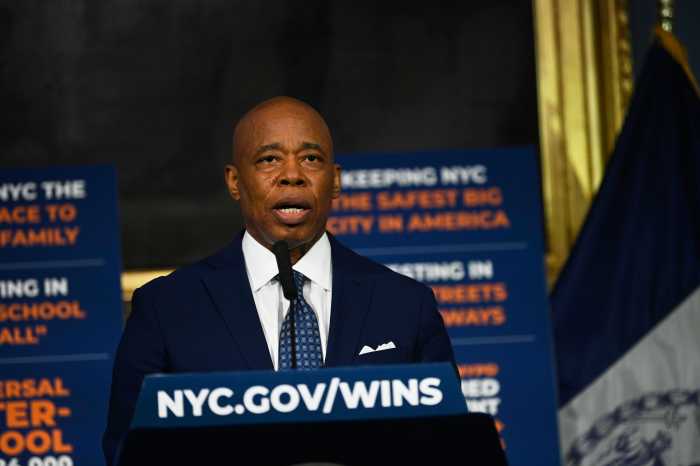We support the efforts of the Hudson River Park Trust and its community task force to try to look “outside the box” and examine all ideas for Pier 40 and the entire five-mile-long Lower West Side waterfront park.
The Trust has been sounding the alarm about the perilous state of Pier 40 for a while now. The park is facing an escalating financial deficit that threatens the Trust’s ability to complete the park’s construction and even properly to maintain what has already been built.
In a worst-case scenario, sections of the Houston Street pier’s roof could start collapsing in the next few years, and the 14.5-acre pier could be shut down completely. In addition, 70 percent of Pier 54 has recently been put off-limits due to deteriorated pilings.
Meanwhile, the Trust, due to a lack of state and city funding, is being forced to spend from its reserve fund and will soon be running at a deficit.
In short, the Trust needs a use on Pier 40 that will generate at least $10 million in annual revenue for the park, in addition to a developer who will commit to fixing the pier’s roof and pilings — at a total cost of $100 million.
The main issue is that, when the Hudson River Park Act was written in 1998, there was a fear that the waterfront park would be commercially developed and overwhelmed. As a result, the Act includes restrictions against development such as residential housing, hotels and office uses.
Similarly, the Trust isn’t allowed to borrow money, so bonding isn’t permitted. And the 30-year lease term for Pier 40 isn’t long enough to make a project there financially feasible for a developer.
Modifying the H.R.P. Act may well be necessary. The park is now 70 percent built, so restrictive protections against commercial development that seemed essential 14 years ago can perhaps be amended, now that the fear of an entirely commercialized waterfront is no longer a possibility.
That said, there’s still a process for major changes to the park. Assembly Member Deborah Glick, for one, is taking a cautious and skeptical approach and fears the Trust is trying to “stampede and frighten everyone” into accepting residential use. Under the H.R.P. Act, she says, a public hearing must be held, and stakeholders must be given 30 days’ notice followed by 30 days for public input.
The Trust, for its part, counters that changing the park’s legislation in order to allow for longer leases and bonding authority, or residential or hotel use on Pier 40, doesn’t require such a hearing. According to the Trust, a full-bore public hearing would only be necessary if the legislation were changed and the Trust subsequently decided to act on one of the new provisions — such as moving to issue a Request for Proposals (R.F.P.) to developers for housing on Pier 40.
The Trust is very much interested in changing the Act in order to open up Hudson River Park to a potentially wider variety of uses that could help generate income for this beloved park, which is required to be financially self-sustaining.
We believe it’s a good idea, and one that may ultimately save the park from failing.
But laws exist precisely to protect the things we do want: the waterfront views, the ball fields and our sense of peaceful enjoyment, among other things. And laws also exist to protect against things we don’t want: uses that would impact the park too heavily or change its fundamental character.
When the Act was being debated in 1998, some waterfront activists raised a cry that the Trust would be an “unaccountable authority.” The Trust has a very compelling case to make on the changes that are necessary to create a viable and sustainable park. It needs to make its case forcefully and let the public have its say.
We agree with Glick. The changes proposed are significant and need more public review, rather than less. A hearing should be held.





































